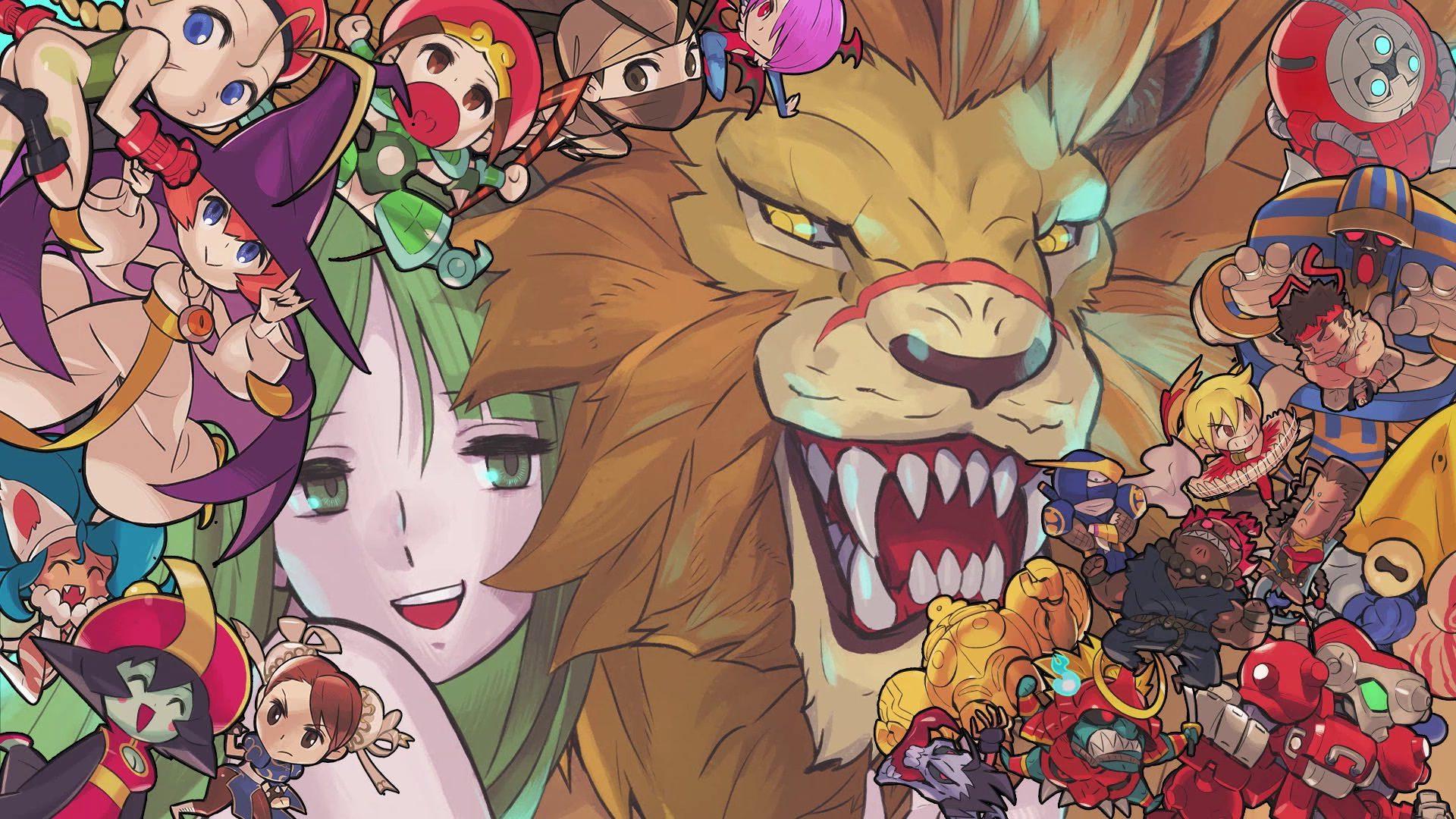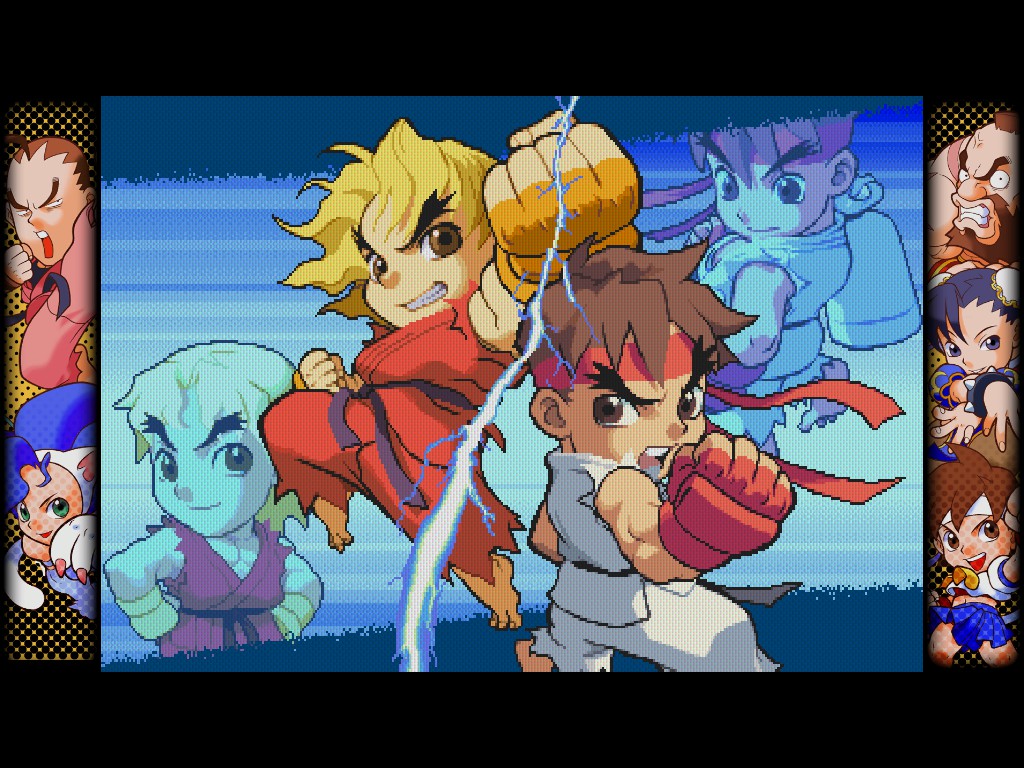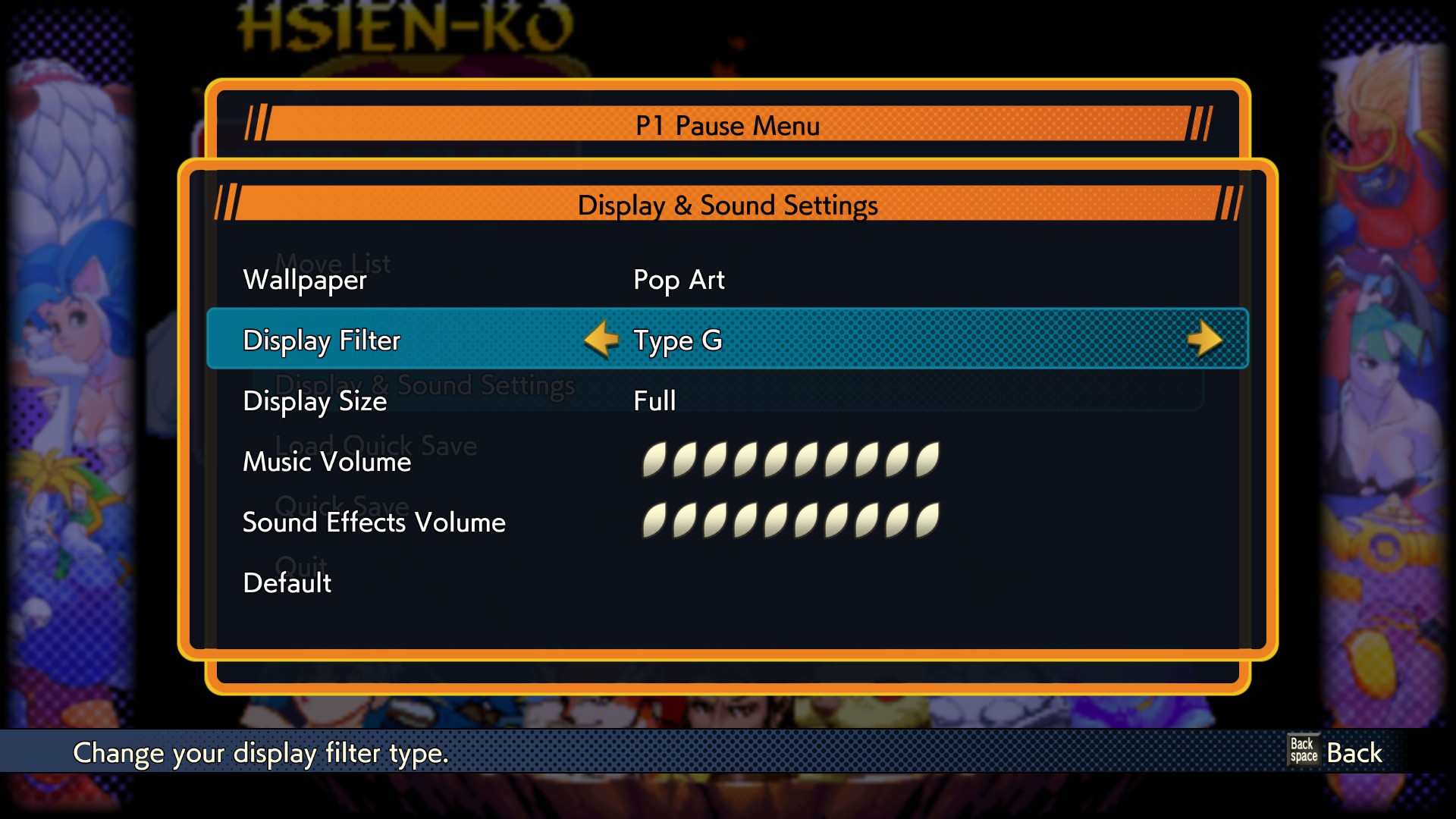Capcom's treasure trove of classic fighting games deserves much better graphics options
Darkstalkers and the other games in the Capcom Fighting Collection can't take advantage of the PC's flexibility.

I was optimistic when I booted up the Capcom Fighting Collection on the Steam Deck. In the options there's a menu dedicated to PC settings—good start. Turns out that menu is as meager as they come, with only two options: resolution and display mode. There may not be much need for the usual array of anti-aliasing, anisotropic filtering, and texture detail dials in a collection of '90s arcade games, but the Capcom Fighting Collection doesn't even follow through on the two settings it does offer. Despite supporting the Steam Deck's 1280x800 resolution, the game doesn't support its 16:10 aspect ratio—it's forever stuck at 16:9, even when you launch games that were built around taller screens.
I'm glad this Capcom Fighting Collection exists: it's a long-overdue revival for a number of Capcom fighting games it's been very hard to play for many years without resorting to the arcade emulator MAME. The stars here are the Darkstalkers games, vampire-themed fighters that Capcom pulled several characters from (like fan-favorite Morrigan) for the Marvel vs. Capcom series. Darkstalkers and all of its sequels, plus some other quirky fighters like Super Gem Fighter Mini Mix, are available to play online for the first time. And with rollback netcode, to boot.
These games weren't in danger of disappearing forever, but the Capcom Fighting Collection is still a valuable act of preservation: it makes them playable in a convenient modern context without an arcade cabinet. While fighting games may typically be more popular on consoles than PC, I expect this version to still support online play long after console backwards compatibility issues knock the PS5 and Xbox versions offline. All the more reason the limited display settings here are such a missed opportunity.
All of the arcade games in this collection were meant to be played on 4:3 CRT monitors and televisions. Like most retro re-releases these days, the Capcom Fighting Collection does at least default to displaying them at the correct aspect ratio, with some fun arcade-themed art filling in the edges of the 16:9 frame. But for this collection to serve as the definitive update to these modern games, it should bare minimum support variable aspect ratios.
Without proper 16:10 support, I'm losing a valuable sliver of screen space for these old 4:3 games. And what if I wanted to plug in an old 4:3 CRT to play Darkstalkers on the kind of screen it was designed for? The Capcom Fighting Collection should easily be able to support that, filling up the entire screen with perfectly scaled sprites and cropping off the artwork on either side.
Instead, when I set the classic CRT-era resolution of 1024x768, I get this.

Double letterboxing! I gotta say, that's an impressively bad result.
The biggest gaming news, reviews and hardware deals
Keep up to date with the most important stories and the best deals, as picked by the PC Gamer team.
I realize this is a use case most players won't run into—the vast majority will be playing on 16:9 monitors and TVs, and so Capcom's treatment will be just fine. But it's absurd to go to great lengths to revive these decades-old games and not fully support the original aspect ratio they were built to be played at!
And there's another corner cut that will affect everyone who plays the Capcom Fighting Collection, which is the way it handles filters. A number of filter options are included to help you emulate how these games originally looked on a CRT, reproducing scanlines on your LCD monitor, for example. To make them as unintuitive as possible, Capcom labeled these filters A-G, with no tooltip to describe their visual effect.
Ah yes, my favorite CRT display technique: "Type C!" What a look.
As if that wasn't bad enough, the menu completely obscures the screen when you're selecting the filter, making it impossible to compare one to another.

Why would you do this?
Capcom's heart is in the right place here, but the execution is lacking compared to what you get in any free, community-made emulator today. Including filters in an official release is a step up from the era where retro games were put through nasty upscaling techniques that destroyed their original pixel art. It's the kind of visual tinkering fans will spend hours doing when given the proper tools. It's great to see these games brought back to modern platforms, but Capcom has stopped short of giving them the visual options they deserve.

Wes has been covering games and hardware for more than 10 years, first at tech sites like The Wirecutter and Tested before joining the PC Gamer team in 2014. Wes plays a little bit of everything, but he'll always jump at the chance to cover emulation and Japanese games.
When he's not obsessively optimizing and re-optimizing a tangle of conveyor belts in Satisfactory (it's really becoming a problem), he's probably playing a 20-year-old Final Fantasy or some opaque ASCII roguelike. With a focus on writing and editing features, he seeks out personal stories and in-depth histories from the corners of PC gaming and its niche communities. 50% pizza by volume (deep dish, to be specific).

